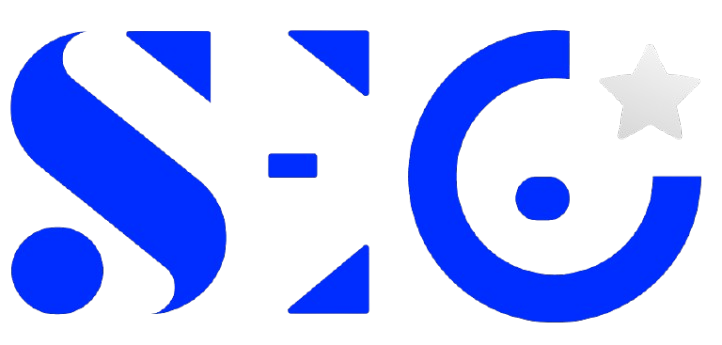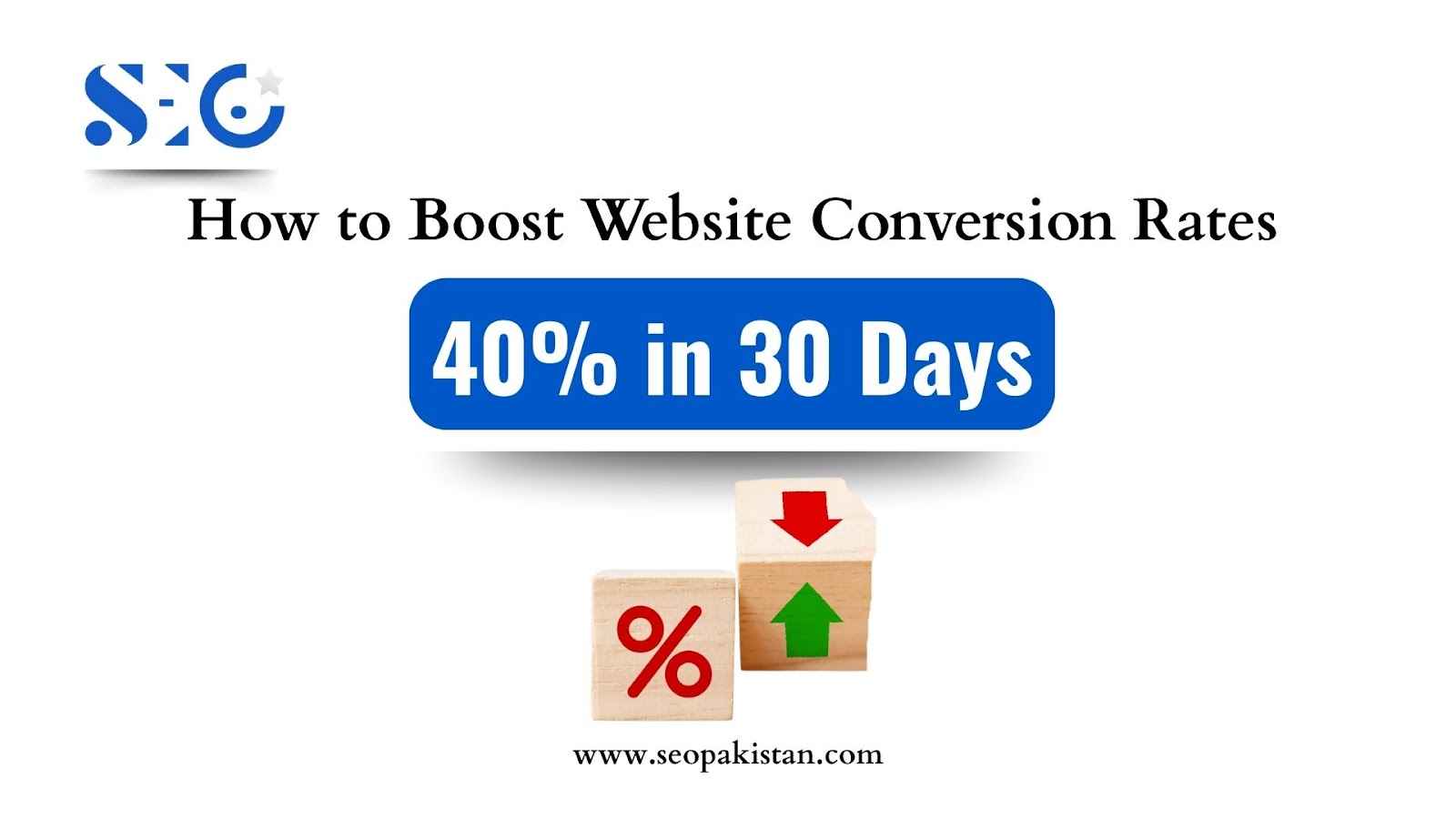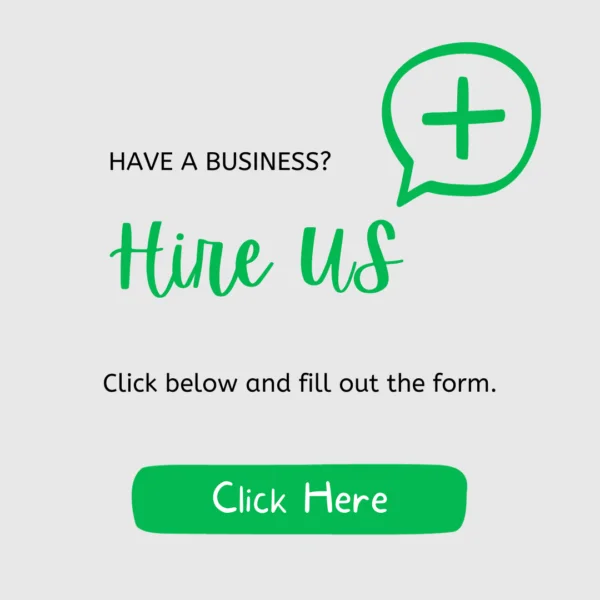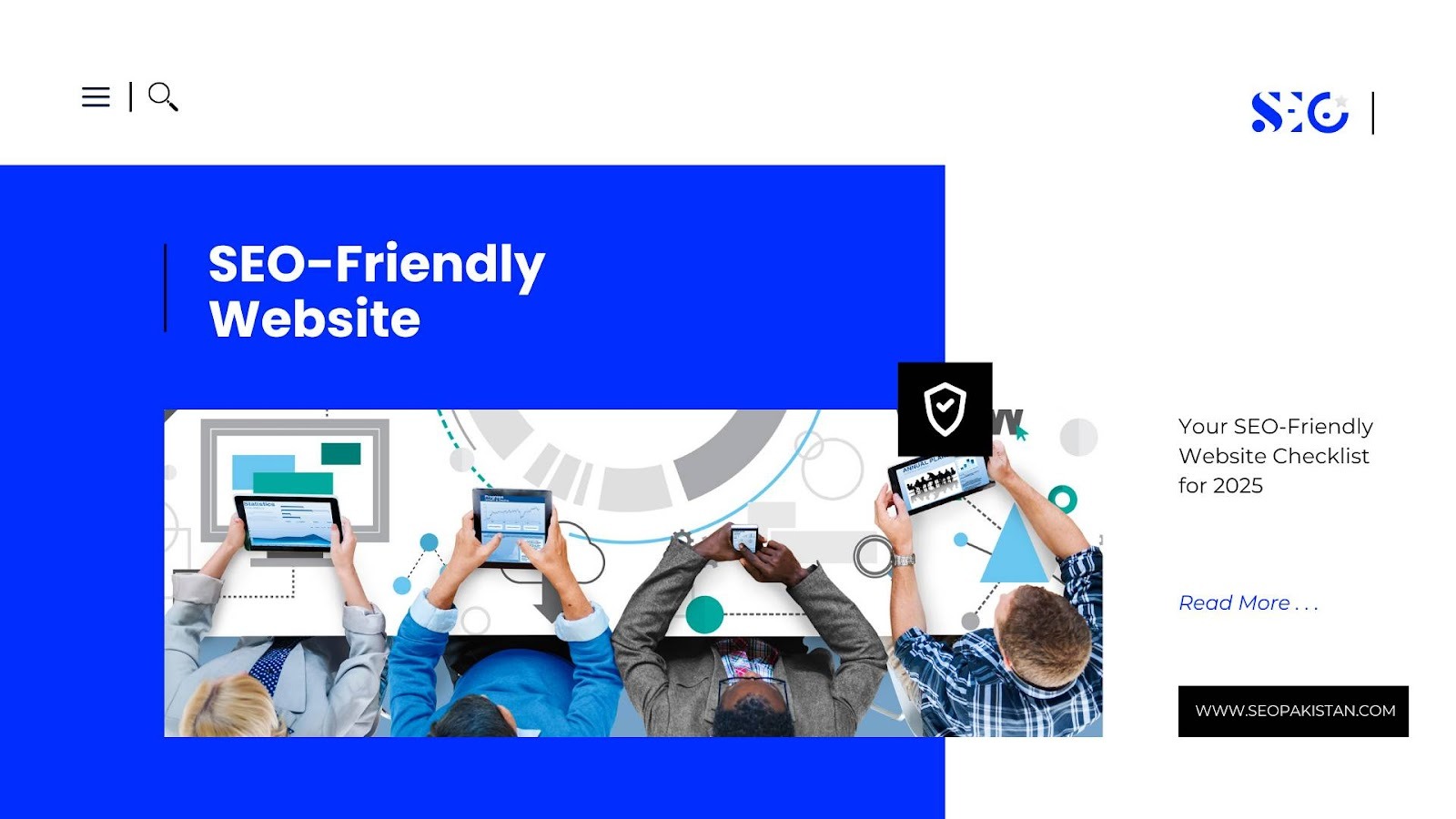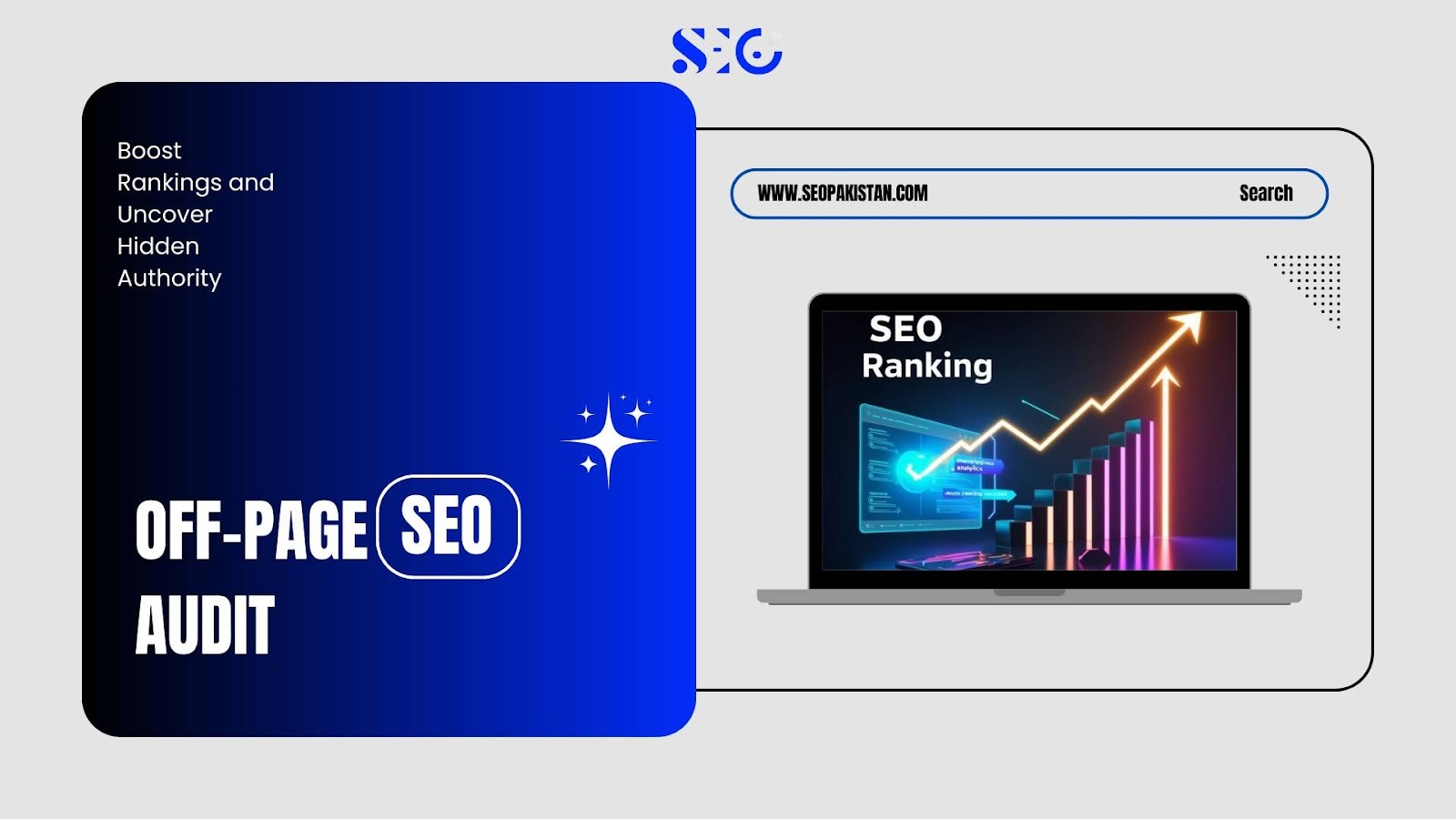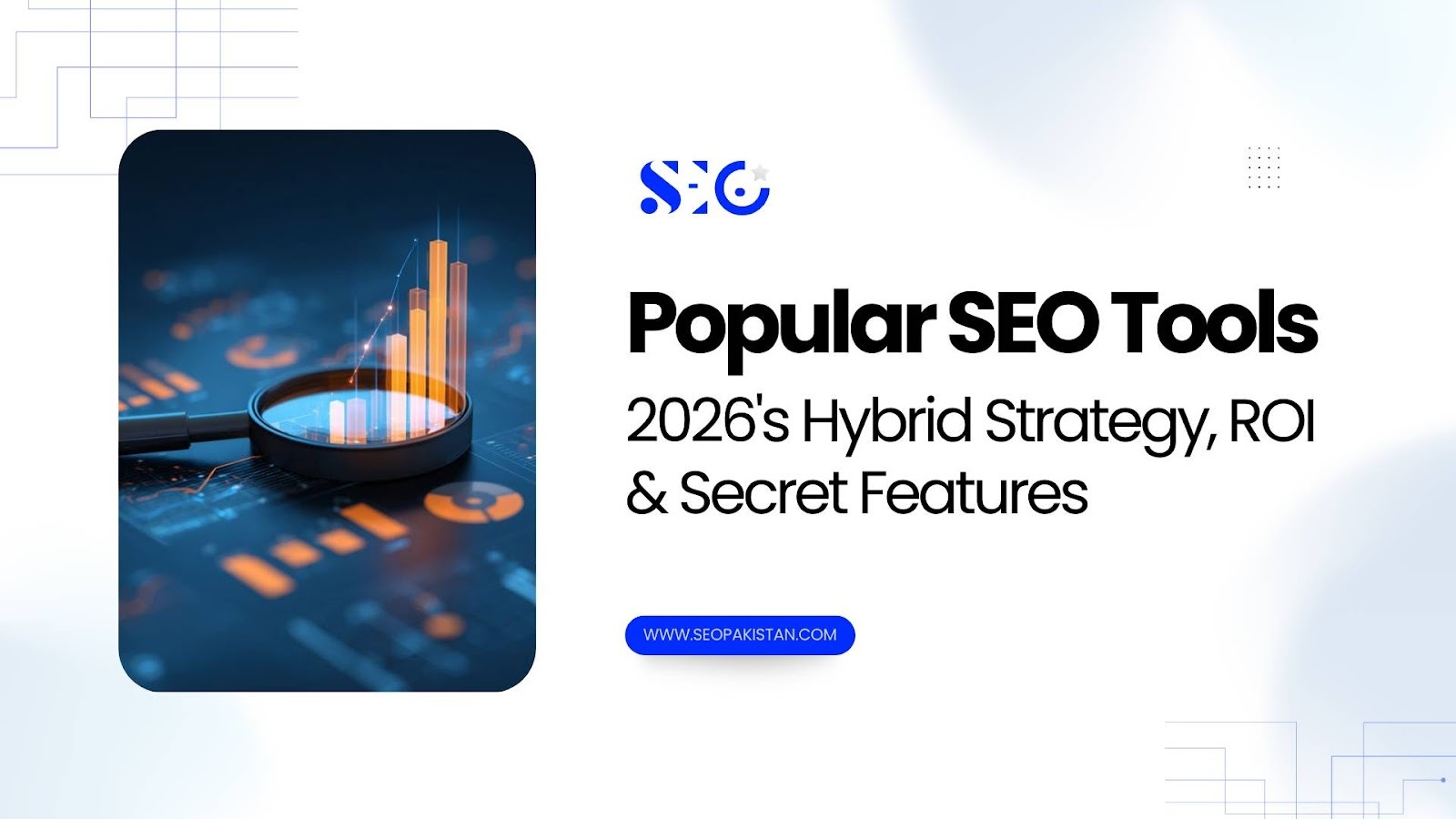Your website is bleeding money. Every visitor who leaves without converting represents lost revenue, missed opportunities, and wasted marketing spend. If this sounds familiar, you’re not alone; most businesses convert less than 3% of their website visitors.
But here’s the good news: a 40% increase in conversions isn’t just possible, it’s achievable with the right systematic approach. This isn’t another theoretical guide filled with vague suggestions. What you’re about to discover is a proven, week-by-week roadmap that transforms underperforming websites into conversion machines.
Over the next 30 days, you’ll implement specific tactics designed to boost website conversion rates by addressing the psychological triggers behind every purchase decision.
You’ll identify and eliminate friction points that quietly drive customers away. Most importantly, you’ll build a sustainable system for continuous improvement, ensuring your conversion rates continue to climb well beyond the first month.
Ready to stop the bleeding and start converting?
The Psychology of Conversion: Why People Say “Yes”
Before you change a single button or rewrite a headline, you need to understand what drives human decision-making. Successful conversion optimization isn’t about tricks or manipulation; it’s about aligning your website with how people naturally think and behave.
The human brain follows certain predictable patterns when making buying decisions. When you understand these psychological triggers, you can design experiences that feel natural and compelling to your visitors.
Key Principles to Use
- Social Proof creates instant credibility by showing that others trust your brand. Display customer testimonials prominently on landing pages, showcase user-generated content, and highlight review scores. People follow the crowd, especially when they’re uncertain about a decision.
- Urgency and Scarcity motivate immediate action by creating a fear of missing out. Use countdown timers for limited-time offers, display low stock notifications, and create exclusive deals for specific customer segments.
- Authority establishes credibility through expert endorsements, industry certifications, and media mentions. When people perceive you as an expert, they’re more likely to follow your recommendations.
- Reciprocity leverages the human tendency to return favors. Offer valuable free content like guides, templates, or tools before asking for a purchase. When you give first, customers feel compelled to give back through their business.
The 30-Day Conversion Acceleration Plan: Your Actionable Roadmap
This four-week plan transforms your website systematically, building momentum with each phase. Start with quick wins in Week 1, then progressively implement more sophisticated optimizations.
Week 1: The Diagnostic Audit & Quick Wins
Your first week focuses on understanding your current performance and implementing high-impact changes that require minimal effort. These foundational improvements set the stage for everything that follows.
Set Up Your Measurement System
Install Google Analytics 4 (GA4) if you haven’t already, and configure conversion goals that align with your business objectives. Whether it’s purchases, form submissions, or email sign-ups, you need clear metrics to track your progress.
Use Microsoft Clarity or a similar heat mapping tool to visualize user behavior. These tools show where users click, how much they scroll, and where they leave your website. This data becomes your roadmap for optimization.
Focus on High-Impact, Low-Effort Changes
- Mobile Optimization deserves immediate attention since mobile traffic often exceeds desktop visits. Ensure your forms are easy to complete on small screens, buttons are thumb-friendly, and text remains readable without zooming.
- Page Speed Improvements can dramatically impact conversions—even a one-second delay can reduce conversions by 20%. Run your key pages through Google PageSpeed Insights and fix critical issues like large images, unused CSS, and slow server response times.
- Improving the Hero Section focuses on optimizing what visitors see first. Your headline should communicate your value proposition within seconds, and your primary call-to-action should stand out visually and use action-oriented language.
Week 2: Optimizing Your Landing Pages for Maximum Impact
Landing pages are your conversion workhorses. This week, you’ll focus on boosting website conversion rates by transforming your highest-traffic pages into persuasive, conversion-focused experiences that guide visitors toward your desired action.
Craft Compelling Headlines and Value Propositions
Focus on the benefit your customer receives, not just what you offer. Instead of “Advanced Project Management Software,” try “Complete Projects 50% Faster with Zero Missed Deadlines.”
A value proposition should explain: “Why should someone pick you over all other choices, including taking no action at all?” Make it specific, measurable, and focused on outcomes your customers care about.
Perfect Your Call-to-Action Strategy
Effective CTAs combine psychological triggers with clear direction. Use action words like “Get,” “Start,” “Discover,” or “Unlock” rather than passive language like “Submit” or “Click Here.“
Color matters more than you might think. Your CTA button should contrast sharply with your page design while remaining consistent with your brand. Test different colors, but remember that the highest-converting color is often simply the one that stands out most.
Incorporate Trust-Building Visual Elements
- Use images and videos strategically to boost trust and engagement.
- Include photos of real customers using your product.
- Share behind-the-scenes content to humanize your brand.
- Create demonstration videos to showcase your solution in action.
- Add product screenshots, customer photos, and team pictures to build authenticity.
The Conversion Optimization Toolkit
Tracking the right metrics ensures your optimization efforts focus on what truly matters. These key performance indicators reveal both the health of your conversion funnel and specific areas for improvement.
| Metric | Why It Matters for Conversions | “Good” Score/Benchmark |
| Overall Conversion Rate | The ultimate measure of your site’s effectiveness | Varies by industry, but aim for constant improvement |
| Bounce Rate | High bounce rates signal friction and poor user experience | Below 40% is generally good |
| Page Load Speed (LCP) | Fast speeds reduce user frustration and cart abandonment | ≤ 2.5 seconds |
| Time on Page | A measure of user engagement with your content | The longer, the better (within reason) |
Monitor these metrics weekly during your 30-day optimization period. Look for trends rather than day-to-day fluctuations, and correlate changes with the specific optimizations you’ve implemented.
Week 3: Building Unshakeable Trust & Eliminating Friction
Trust is the foundation of every conversion. This week, you’ll systematically remove barriers that prevent customers from taking action while adding elements that build confidence in your brand.
Strategic Trust Signal Placement
- Position security badges, testimonials, and certifications where visitors need reassurance:
- Place security badges near checkout buttons.
- Add customer testimonials on pricing pages.
- Display industry certifications in your header or footer.
- Use live chat widgets to boost conversions by 20% or more:
- Provide immediate support for customer questions.
- Ensure quick response times, as slow responses can create more friction than having no chat option.
Form Optimization Deep Dive
Long forms often necessary for B2B businesses can intimidate visitors. Use multi-step forms to simplify complex processes by breaking them into smaller, more manageable steps. Each step should feel like progress toward a valuable outcome.
Streamline the Purchasing Process
- Simplify the checkout process by:
- Removing unnecessary steps
- Offering guest checkout options
- Providing multiple payment methods
- Use progress indicators to show customers how many steps are left.
- Avoid unexpected additional pages during checkout, as they often lead to cart abandonment.
Week 4: The A/B Testing
Your final week focuses on systematic testing and measurement. This phase transforms your optimization from guesswork into a data-driven process that continues delivering results long after your initial 30 days.
Implement Hypothesis-Driven Testing
A strong testing process begins with a clear hypothesis grounded in user behavior or conversion psychology.
- Formulate a hypothesis that links the change you’re testing to a specific user behavior.
Example: “Changing ‘Learn More’ to ‘Get Free Quote’ will increase conversions due to clearer value.”
- Focus on testing a single variable at a time to identify the specific effect of each adjustment.
- Avoid testing multiple elements at once, as this makes results difficult to interpret.
Understand Statistical Significance
Achieving statistical significance is essential for ensuring the reliability of your test results. Patience is critical here, as declaring a winner too early can lead to poor optimization decisions.
- Ensure your test has a statistically significant sample size before drawing any conclusions.
- Use A/B testing tools to track significance levels, which often require hundreds or thousands of visitors per variation.
- Avoid overreacting to early test data, as small fluctuations can be misleading.
Document Everything for Future Growth
Keeping track of your testing efforts helps ensure your team learns from both successes and failures. Thorough documentation serves as an essential tool for improving future experiments.
- Maintain a testing log that includes hypotheses, test setups, results, and insights.
- Review failed tests for lessons learned; these often reveal unexpected opportunities.
- Use your documentation to train new team members and prevent repeated mistakes.
Essential Tools for Every Stage of Your CRO Journey
The right tools transform conversion optimization from overwhelming guesswork into a manageable, data-driven process. Each category serves a specific purpose in your optimization workflow.
- Analytics & User Behavior Tools
- Google Analytics provides the foundational data for understanding your conversion funnel, while Microsoft Clarity reveals the story behind the numbers through heat maps and session recordings.
- A/B Testing & Personalization Platforms
- VWO and Optimizely enable sophisticated testing without requiring extensive technical knowledge. These platforms handle traffic splitting, statistical calculations, and result reporting automatically.
- Lead Capture & Engagement Solutions
- OptinMonster and Hello Bar help capture visitors who might otherwise leave without converting. Use these tools strategically; poorly implemented pop-ups can hurt user experience.
- Surveys & User Feedback Systems
SurveyMonkey and Hotjar provide direct insights into why visitors don’t convert. Sometimes, asking customers directly reveals optimization opportunities that data analysis misses.
Email Marketing for Conversion Recovery
Abandoned cart email campaigns can recover 15-25% of lost sales. Set up automated sequences that remind customers about items they’ve left behind while addressing common objections.
Conclusion
This 30-day plan provides the foundation for dramatic conversion improvements, but the real transformation happens when optimization becomes part of your ongoing business process. Companies that achieve sustained growth treat conversion optimization as a continuous discipline, not a one-time project.
The strategies you’ve implemented over the past month have likely generated measurable results. However, your highest-converting website is always the next version you create. Consumer behavior evolves, new technologies emerge, and market conditions change; your optimization efforts must evolve accordingly.
Start your transformation today to boost website conversion rates by implementing Week 1’s diagnostic audit. Install your tracking tools, pinpoint your biggest friction points, and start making high-impact changes that deliver immediate results.
Take action now, and both your future self and your wallet will appreciate it. Ready to move forward? Head over to SEO Pakistan and let us guide you toward achieving your objectives!
Frequently Asked Questions
What’s a good conversion rate?
A “good” conversion rate is highly subjective and varies significantly by industry, traffic source, and business model. However, an average conversion rate across most industries falls between 2-5%. Top-performing websites can achieve conversion rates of 10% or higher.
What is CRO?
CRO is a structured approach to boosting the proportion of website visitors who complete a specific action. This involves understanding how users behave on your site and making changes to improve that behavior, such as a purchase, form submission, or newsletter signup.
How does page speed affect conversions?
Page speed is a critical factor. Studies show that a one-second delay in mobile page load time can reduce conversions by up to 20%. Optimizing your site’s speed directly improves user experience and encourages visitors to stay and complete a desired action.
How can I quickly increase conversions?
You can get quick wins by implementing high-impact, low-effort changes. These include optimizing your call-to-action (CTA) button copy and color, shortening your forms, adding social proof like testimonials, and ensuring your site is fully mobile-optimized.
What are the best CRO tools?
Essential tools for CRO include analytics platforms like Google Analytics for tracking data, behavior analysis tools like Microsoft Clarity for heatmaps and session recordings, and A/B testing platforms such as VWO or Optimizely for running experiments.
How do I use trust signals?
You can increase conversions by placing them strategically, such as using security badges on checkout pages, displaying customer testimonials on product pages, and showcasing certifications on your homepage.
